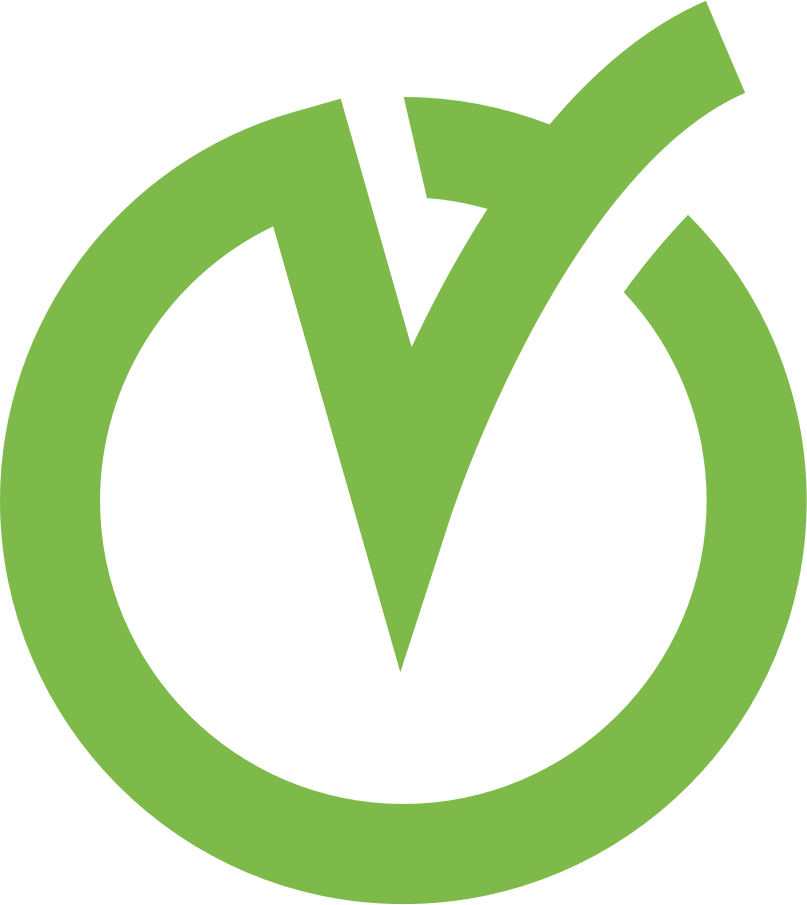
WCAG 2.1, ADA, Section 508: All You Need to Know About Web Accessibility
Accessibility standards aim to create environments where everyone has equal access. No matter how varied their needs and abilities may be. When creating any type of web content, compliance with accessibility requirements is top priority, but still very mystified. In this post, we’ll discuss the importance of web accessibility, and the benefits of making your online content accessible. We will also talk about the applicable accessibility guidelines and legislation WCAG 2.1, ADA and Section 508.
1. What is Web Accessibility?
Accessibility grants all people the right to equally use any environment they wish. The UN convention on the rights of persons with disabilities provides that accessibility is a basic human right. Whether it is online, in public transportation, workspaces, hospitals, or anywhere these barriers are a threat to independence and health.
There are many barriers to web accessibility that keep people with disabilities from accessing the internet efficiently. For example, filling a form can be difficult if the user has mobility issues and can’t use a mouse properly. Or playing a match-three game if he/she’s colour-blind and there’s no color correction mode.
Nowadays, with information being only a click away and workplaces becoming less physical and more remote, it's necessary to ensure equal access for everyone. Web accessibility grants inclusion and allows people with disabilities to be part of any online environment. Moreover, it gives people with no disabilities easier access to information wherever they are.

2. Who can Benefit from Web Accessibility?
If you think web accessibility is only important for people with disabilities, think again. The purpose of digital accessibility is not to make online content accessible for a specific audience, but for everyone. To permit access is to design a webpage or software product thinking about users, with empathy and understanding.
Investing on web accessibility not only makes your site look good and do better with SEO. If you consider a diversity of people while creating your online space, more people will come to your website. Indeed, web accessibility upkeeps costs since reaching out to new audiences widens the user base without compromising quality.
Moreover, making your website accessible will motivate people without much technological know-how to visit it. By designing your software or website considering all kinds of people, you improve their usability. It may be a challenging task to include accessibility in your designing. However, there are many guidelines and tools to assist you in this journey.
3. Web Accessibility Guidelines and Legislation
WCAG and WCAG 2.1
The Web Content Accessibility Guidelines (WCAG 2.1) is a manual for web accessibility standards. It was created by the WorldWide Web Consortium (W3C) to give tools and knowledge to web programmers when designing and coding software to improve usability and accessibility.
It's also important to note that usability and accessibility are not the same thing. They both indicate whether a website is easy to use. However, only accessible content takes into account the users' disabilities or neurological differences. In sum, accessibility makes sure that everybody can use a tool or navigate through a website, no matter their differences.
The WCAG is mandatory for government agencies and contributors. However, all organizations can benefit by including accessibility tools on their websites. The WACG 2.1 aims to comply with web accessibility legislation, while considering the previous success of WCAG 2.0. In addition, it seeks to improve its 4 accessibility principles: perceivable, operable, understandable, and robust.
 Perceivable
Perceivable
Aiming to make information visible and easy to access:
- Text alternative for non-text content
- Captions and other alternatives for multimedia
- Content can be presented in different ways
- Content is easy to see and hear
Content is easy to operate
- Funtionality is available from a keyboard
- Users have enought time to read and use the content
- Content does not cause seizures and physical reactions
- Users can use different input modalities beyond keyboard
Content is easy to understand and inclusive
- Text is readable and understandable
- Content appears and operates in predictable ways
- Users are helped to avoid and correct mistakes
 Robust
Robust
Content is robust enought to be interpreted by different user agents and technologies.
- Content is compatible with current and future user tools
Americans with Disabilities Act (ADA)
In 2010, the Department of Justice published the final version of the Americans with Disabilities Act (ADA), which states that all electronic and information technology must be accessible to people with disabilities. This act also requires that all public organizations offer and maintain websites that people with disabilities can access and navigate by themselves.
People often confuse ADA with Section 508, but they are different in some aspects. ADA compliance is a civil law that not only applies to the internet, but also to public physical spaces, guaranteeing people with disabilities inclusion in all aspects. However, much like Section 508, ADA also works side by side with the WCAG 2.1 guidelines for accessible websites.
Since ADA is a civil law, compliance is mandatory for many organizations. For example, state and local government organizations, private organizations with 15 employees or more, organizations that work for public benefit, and places considered public accommodation.
Section 508 of the Rehabilitation Act

The Rehabilitation Act of 1973 is a US Federal legislation. Its purpose is to guarantee the rights of use and accessibility of technologies to people with disabilities or neuro diversities. In sum, it provides equality rights to people with disabilities. It’s also important to note that no one needs to prove a disability to benefit from this legislation. Obliging someone to prove a disability is prohibited.
In 2017, Section 508 of the Rehabilitation Act was reviewed due to technological innovations. Several provisions were updated, such as the necessity of giving employees and members the public access to information comparable to the access available to others, ICT accessible standards that benefit all, and text transitions to facilitate access to information.
Section 508 is mandatory to specific sectors of the industry, including:
- Government agencies.
- Government contractors.
- Organizations that receive federal funds of any kind.
- Organizations that aim to become a government contractor.
In other words, if your business is not a direct government contributor, Section 508 compliance is not mandatory. However, being user-friendly and accessible may impact your business positively in various ways.
4. How Timely Software Complies with WCAG 2.1, ADA and Section 508

As an earnest software development company, Timely takes user experience very seriously. Rather than just making software solutions, we are striving to create an experience where event professionals can easily share their events with the world online.
With this mission in mind we developed our Web Accessibility Statement. It explains our efforts to comply with WCAG 2.1, ADA and Section 508. From testing our website and codes as much as possible to adding tools and features that will make it much easier to operate, our mission is to make sure that our software and our clients’ online events’ content is digitally inclusive.
We strongly encourage you to test our demo calendars’ accessibility. Use keyboard inputs to see how it will fit your website’s usability. You can navigate through options of list views, event details, and change language and filters. You can even check out an event in a completely accessible virtual environment. The public interface of our software also has a perfect view on mobile devices. This means you can submit events, register, and see calendar details anywhere, at any time.
Talk to us to learn more about how you and your audience can benefit from accessible softwares for event management, training management, and venue management.
Table of Contents

Event Management Updates
If you want to know more Timely company and product update news, please visit our Event Management Blog. There is always something new happening at Timely, so we do our best to keep our clients on the loop!
You might also like
Join Our Newsletter
Subscribe to our newsletter and receive relevant event management tips, event industry updates, and more.
We value your privacy, and will only use contact you about our newest content, updates and offerings. You may unsubscribe from these communications at any time. For more information, check out our Privacy Policy.


